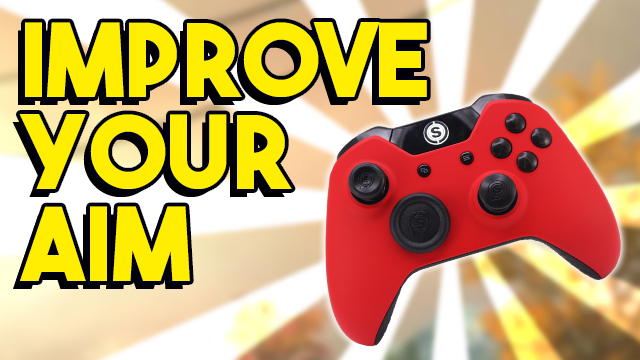Knowing how to improve your aim with a controller is the first step to dominating the opposition in competitive titles like Fortnite, Call of Duty, and Overwatch on PS4, Xbox One, and Nintendo Switch. While the primary objective for most gamers is to “have fun,” you’re more likely to have a good time when you’re aiming well and winning. What’s more, with the popularity of elimination game modes like battle royale on the rise, there’s more pressure on players to survive, especially when teaming up with friends who you don’t want to let down.
Happily, there’s a number of ways that you can improve your aim with a controller, no matter your console platform or the game of choice. This guide will cover everything from basic setting tweaks to help get you started, to hints that professional gamers themselves incorporate. Let’s get started!
How to improve my aim with a controller?
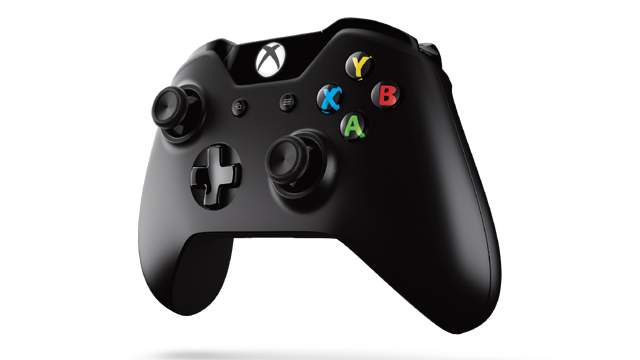
How to improve your aim with a controller comes down to a few things:
- Using a comfortable sensitivity
- Ensuring that the sensitivity is correct for the situations you’ll face in-game
- Remaining consistent across all titles you play
- Incorporating good strategies to help enhance that aim
- Potentially purchasing additional peripherals to take your aim even further
We’ll be taking an in-depth look at each of these bullet points, explaining what they mean and how they will help your controller aim improve.
What is the best sensitivity for aiming with a controller?

When you first boot up a new game, the settings menu should be your first port of call. Once you’re done turning on subtitles, cranking up the brightness so you can actually see in dark areas, and lowering in-game music to reduce distractions, it’s time to tweak the sensitivity options.
Most good first-person shooters will let you pick a number. 1 is usually the lowest number, and will cause your character to turn slowly; 5 is normally the midpoint, which is the Goldilocks of sensitivities and not too fast, but not too slow; and 10 is usually the maximum, allowing for the quickest turns.
Is high sensitivity best?
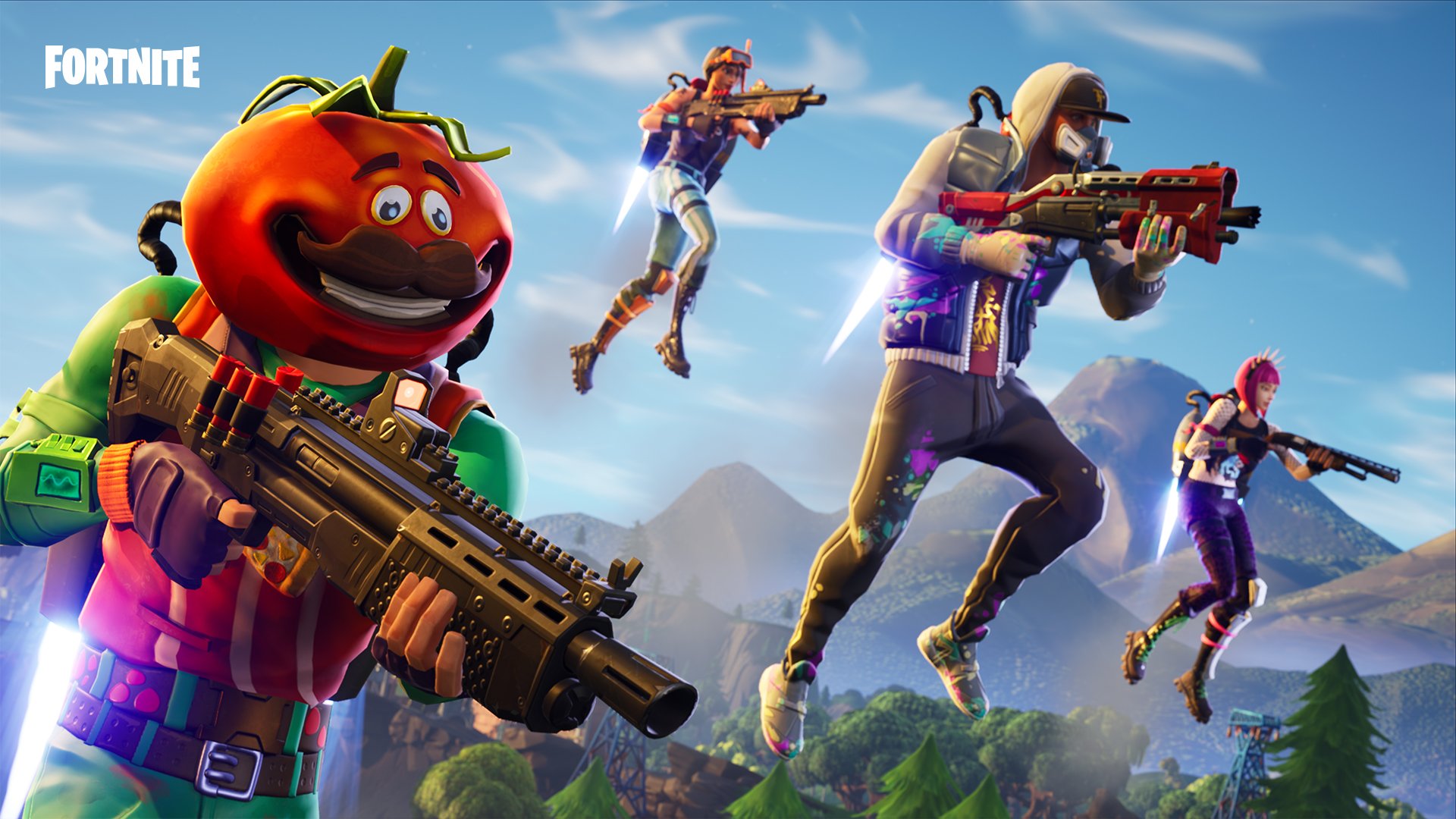
You might think that the ultimate goal of every FPS player is to get used to the maximum available sensitivity, to allow for rapid 180-degree turns, speedy snap aims, and ultimate precision at any range. However, for most gamers, this is not the case. Higher sensitivities suffer from the major downside of making longer range engagements more difficult. Slight adjustments of aim are made more challenging when using higher sensitivities, and so many players choose to go with a sensitivity that closer to the middle of what’s available.
Before battle royale games took over and added an element of surprise and randomness to competitive games, many pros opted for lower sensitivities, as they were able to lean on map knowledge and good positioning to keep their character facing the enemy threat. Without much need to quickly turn around, pros could focus on accurately aiming for headshots, which a lower sensitivity made easier. Since battle royale has taken over, however, higher sensitivities are now more common. This is especially true for games like Fortnite, where players have to aim well, but also be able to build quickly.
What can you learn from all of this? Well, recommended sensitivities now allow for more flexibility and variation between player to player. Some pros still stick to low sensitivities, while others have adapted to pushing things higher. Our recommendation is to open your mind and try out a variety of different sensitivity options. If you find yourself frustrated that your aim wasn’t fast enough, then maybe increase your sensitivity slightly for an hour or so, to see if you improve. If it seems too wild and out of control, then lower it for an hour. Take the time to find the sensitivity that feels best for you. It’ll be worth it in the end!
Consistency
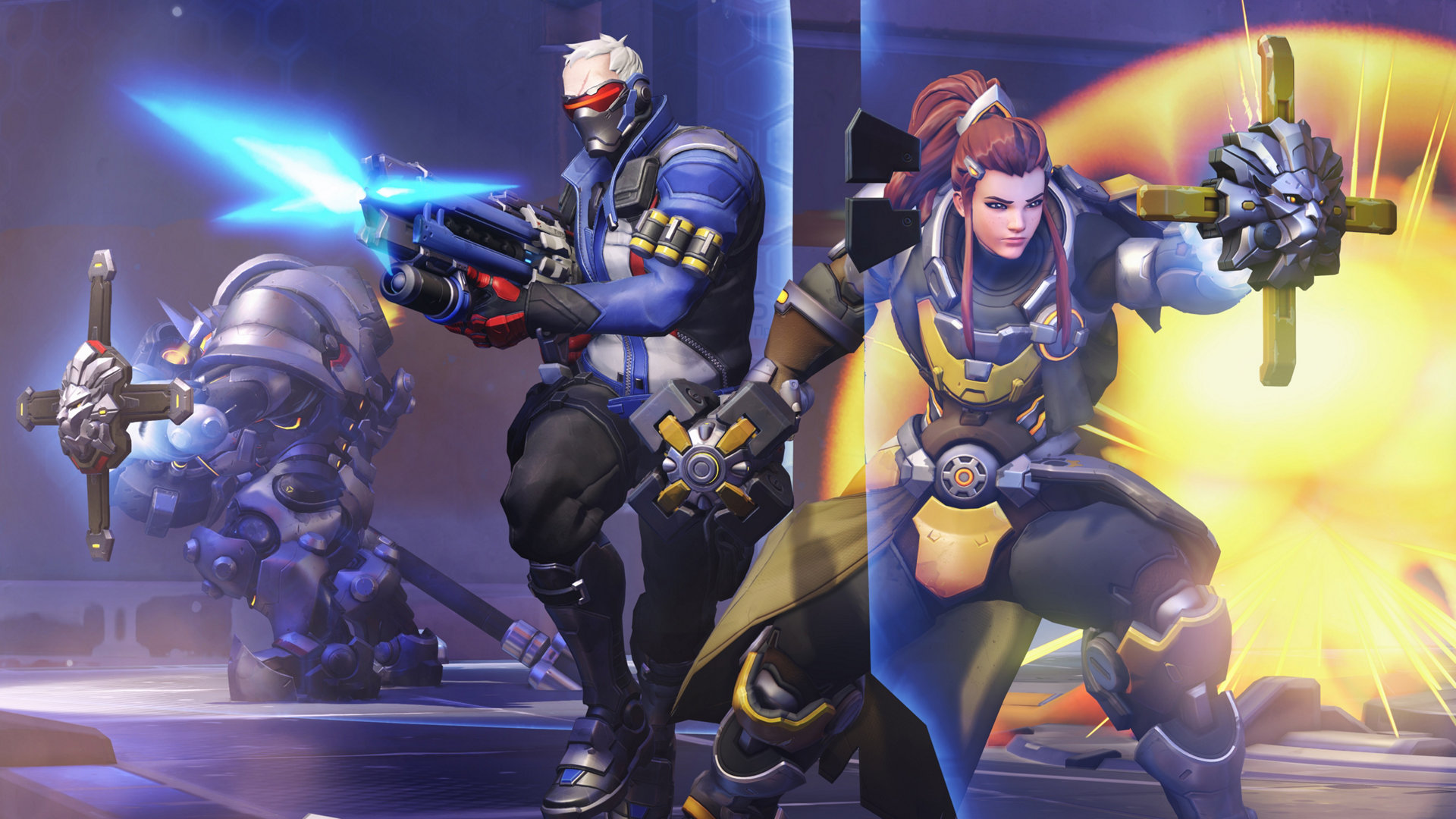
Once you’ve found the setting that feels best for you, it’s time to work on consistency. Personally, I set my controller sensitivity at around 6 or 60% of what’s available. I try to keep that sensitivity level consistent across all of the console games I play, even single-player titles. This allows me to build muscle memory, with repetition causing me to automatically become aware of just how much I need to move the stick in order to be on target. Try and match options across all games, and your brain should do the rest!
To help train consistency before a big match, or before you dive into some elimination modes where dying seriously matter, be sure to get yourself warmed up in some respawn game types. Fortnite has limited time modes where respawns are often enabled, while Call of Duty has Team Deathmatch and Domination. Play a round or two in these modes to loosen up your fingers and engage your brain, then dive into battle royale or Search and Destroy.
Different sensitivities for different weapons
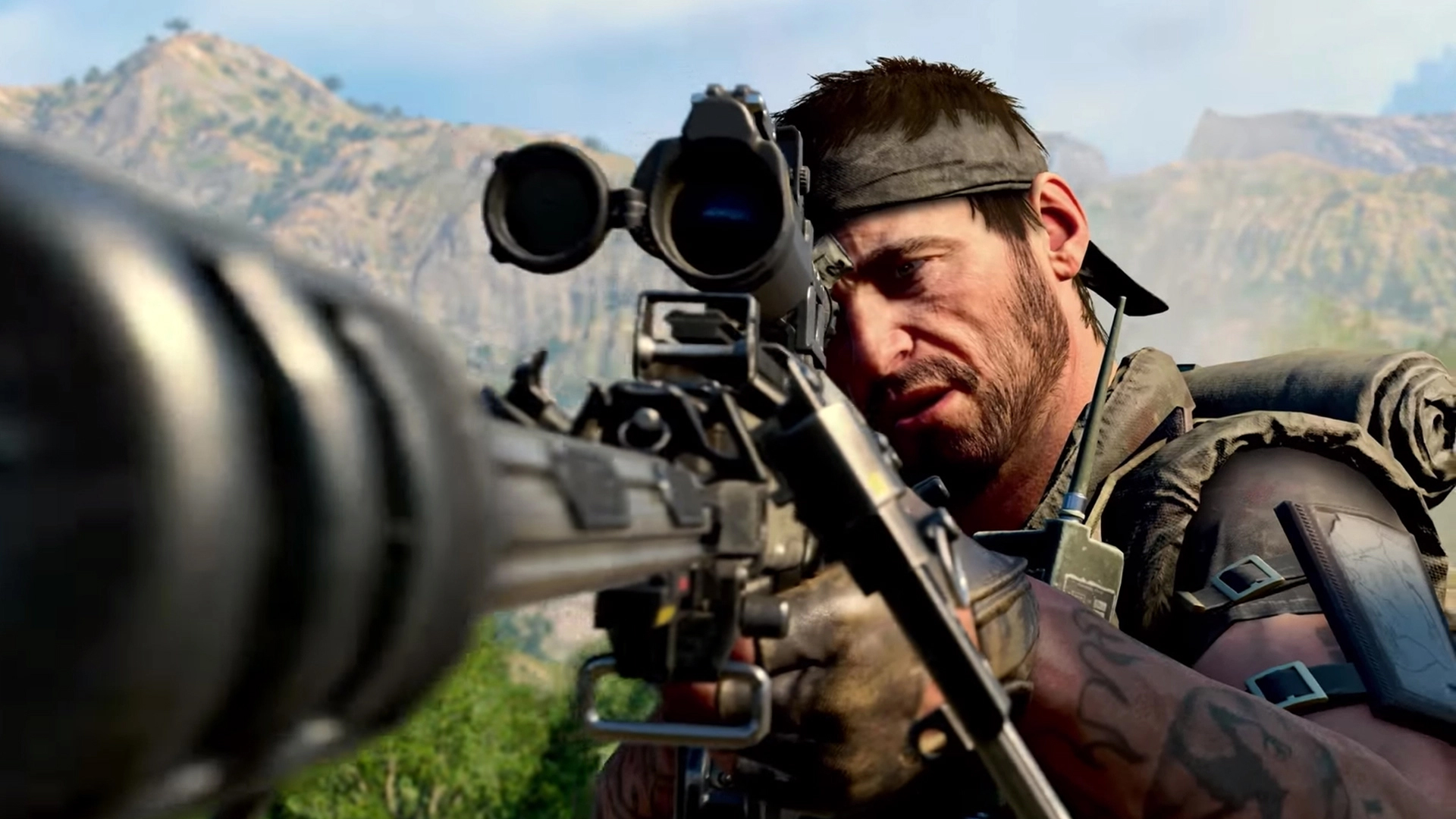
It’s been rare in my experience, but on some occasions you may need to adjust your sensitivity for certain weapons or attachments. I’ve found that in some Call of Duty games, with Black Ops 3 being the most recent offender, I had to increase my sensitivity when using sniper rifles. If I didn’t bump it up from 6 to 7, it felt sluggish and wrong. If you do change your sensitivity for a weapon, ensure that you change it back once you’re done!
Another potential factor is different sensitivities for the various scope magnifications. A 4x ACOG can feel very different to an 8x sniper scope in some games, so you may again need to adjust for the attachments you’re using. Battlefield 5 deserves a shout-out here for its ridiculous number of sensitivity options, including the ability to tweak individual sensitivities for different magnifications. While most players won’t dive into these settings, it’s definitely cool to see developers giving gamers the option to customize their aim on this level.
How to aim well with a controller
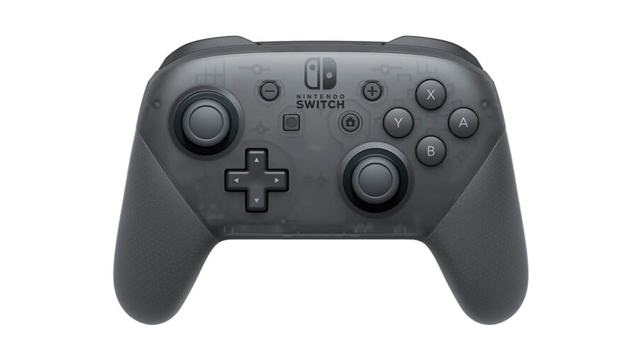
You can give yourself the best chance of winning a gunfight by being prepared for battle. Aiming well isn’t just about twitch aim and snapping to targets as they come at you from every angle. In addition to working on your twitchiness, you’ll also want to get pre-aiming and pre-firing down.
Buy the Nintendo Switch Pro Controller here
Pre-aiming
Pre-aiming is where you use your knowledge of the map, including high-traffic and respawn points, to aim down your sights before an enemy actually appears. Aiming at a spot where you know an enemy will soon emerge from should give you the time advantage to immediately begin firing and win an easy gunfight.
Pre-firing
Pre-firing is like pre-aiming, only that you are so confident in the fact that you will shortly be firing at an enemy, that you begin shooting your gun ahead of the encounter. This is uncommon, but intel like a radar sweep can let you know if an enemy is camping in a corner. Edge around the corner spraying bullets like a virtual Arnold Schwarzenegger!
Use strafing
The right analog stick isn’t the only input you use to adjust your aim. The left stick also plays a big part in remaining on target. Sometimes strafing to the left or right provides the smaller amount of movement needed to correct your aim. Continuing to strafe in the same direction can also make it tricky for your opponents to fight back, as console shooters employ an aim assist system which often gets confused in the heat of battle.
Are custom controller and accessories worth it?
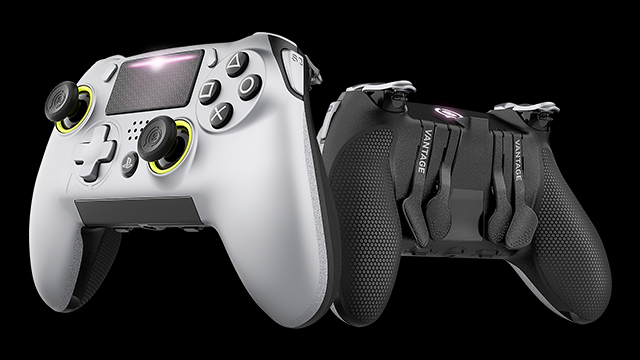
Above I’ve tried to list a number of free options for improving your aim with a controller. I don’t want you to think that you need to pay for power when it comes to aiming well and dominating in competitive games. With that said, in my time playing shooters on console, I have come across a number of accessories that I believe can help enhance a player’s aim. These range from the cheaper analog stick extensions, to bigger investments like fully custom controllers.
Analog stick grips and covers
I think everyone should use some kind of covering for their analog sticks. I’ve used a bunch, but I always end up coming back to KontrolFreeks. They cost a little extra when compared to the cheapest of the cheap plain rubber grips, but the super secure clip-on method, as well as the insane number of designs available, get a big thumbs up from me.
KontrolFreeks not only protect the analog stick beneath, but also provide additional grip so that your thumbs don’t slip. They can also extend the sticks a little, making slight movements at higher sensitivities more manageable.
Wired Controllers
Some gaming controllers, like the latest DualShock 4 for PS4, come with a low-latency wired option. Reducing the input lag from your controller to your console is a significant factor when you’re looking to optimize your setup for aiming well.
Custom Controllers
Custom controller features can range from additional buttons or paddles on the rear of the pad, to overhauled trigger and button designs. These can have a major impact on the way that you play and I personally now hate gaming with a normal pad.
We have a number of custom controller reviews that you can check out:
“Competitive” TV or monitor
While I’m not advising you to go out and buy a new TV or monitor just to allow you to aim better in console shooters, I would recommend bearing input lag in mind next time you upgrade. The more you can reduce the amount of time between you pushing your analog stick and the action happening on screen, the better.
Buy the BenQ Zowie console gaming monitor here
GameRevolution is a participant in the Amazon Services LLC Associates Program, an affiliate advertising program designed to provide a means for sites to earn advertising fees by advertising and linking to Amazon.com.
